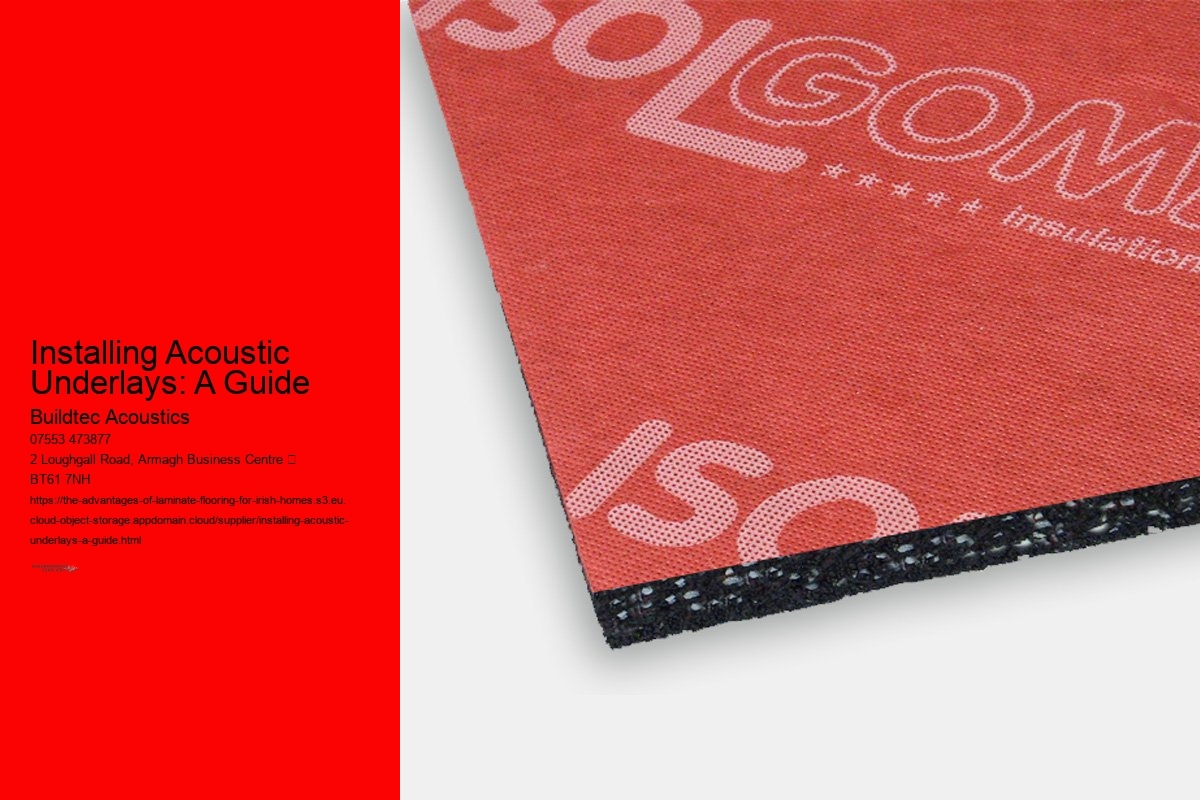By reducing both airborne and impact noise, these underlays help create a peaceful environment, whether at home, in the office, or in commercial buildings. Acoustic Underlay for Wood Flooring . Soundproofing Material Products from this Soundproofing Supplier are affective acoustic solutions. carpet For example, underlays installed beneath medium-density fibreboard (MDF) or gypsum drywall help absorb vibrations and reduce unwanted sound transmission. The materials used in acoustic underlays, such as foam, cork, and natural rubber, are highly effective in reducing vibrations and controlling noise. Acoustic underlays help to absorb these sounds, resulting in improved room acoustics. This helps enhance communication between occupants by reducing noise interference.
These products provide greater efficiency in both heating and noise control, ensuring comfort throughout the year.
Installing Acoustic Underlays: A Guide - noise control
- energy transformation
- ceramic
- noise control
In conclusion, acoustic underlays from Buildtec Acoustics offer an effective solution for soundproofing floors, enhancing room acoustics, and improving overall comfort. Hard surfaces, such as hardwood and laminate, tend to amplify sounds like footsteps, resulting in unwanted echo and reverberation. In summary, acoustic underlays from Buildtec Acoustics provide an effective solution for soundproofing floors, enhancing room acoustics, and improving overall comfort. The installation of acoustic underlays is straightforward and suitable for both professionals and do-it-yourself (DIY) enthusiasts.
Acoustic underlays do not compromise the aesthetics and design of the finished floor. Additionally, these materials are low in volatile organic compound (VOC) emissions, contributing to a healthier indoor environment. Installing acoustic underlay beneath wood or laminate flooring can significantly reduce noise levels in rooms. These options promote sustainability by reducing reliance on virgin materials and minimizing overall pollution. ceramic
